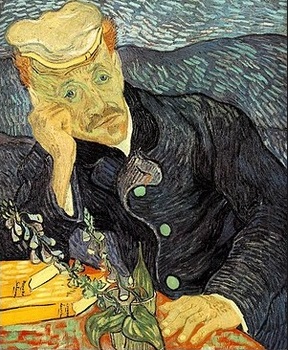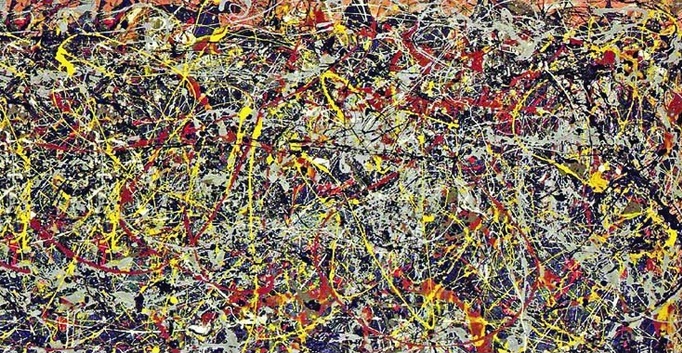Priceless Paintings

What
are "priceless" paintings, and can such paintings be
bought?
Priceless paintings are simply extremely valuable paintings. While some of
them are in museums and not for sale, most so-called,
"priceless" paintings in private hands can be bought if enough money is
offered to their owners.
For example, Vincent van Gogh's 'priceless'
Portrait of Dr.
Gachet (right), one of van Gogh's last paintings, sold in 1990 for $82.5 million.
Pablo Picasso's
Boy with a Pipe topped that in 2004 at $104
million, to be topped in turn in 2006 by the $140 million that
the Hollywood mogul David Geffen took to part with his 'priceless'
No 5, 1948
(above) by Jackson Pollock.

A
close second would have been the $139 million that Las Vegas mogul Steve Wynn was about to
get for Picasso's
Le Rêve (right) in 2006. But days before
delivery, the nearly blind Wynn put his elbow through the portrait of Picasso's young mistress
while showing it off to guests and punctured it with his elbow. Although
repaired, the damage is visible under black light and the painting
was appraised to be worth under $100 million,
literally "price-less" by at least $40 million.
By 2013, however, it had re-appreciated and Wynn sold it for
$155 million.
In 2015, Picasso's
The Women
of Algiers sold for $179 million to set the new record, and in 2017, all of
the sales records above were obliterated by the $450 million that a Saudi prince
paid for
Salvator Mundi.
Truly priceless paintings hang in museums. Leonardo da Vinci's
Mona Lisa at the Louvre in
Paris, for example, is valued at over $1 billion but isn't for sale even at that price, while da Vinci's
The Last Supper
physically can never be sold.
What determines the value of paintings?
It depends on more than just the names of the artists, who have their good
years and bad, strengths and weaknesses. Typically, the paintings most in line with the media, style
and size for which an artist is best known and from the artist's best years
are the best buys; such artwork
appreciate faster and retain their value better during market upturns and downturns, respectively.
The value of paintings also depends on their condition as Steve Wynn learned,
and
provenance, a French word that means "origin" or "pedigree."
Paintings that once graced the German Kaiser's palace and
later the home of Jackie Onassis, for example, would be worth more than if the same
artwork had passed through less illustrious patrons.
So, how much should you spend on a painting?
Continue here, as well as
here if you
know
Salvator Mundi.
 What
are "priceless" paintings, and can such paintings be
bought?
What
are "priceless" paintings, and can such paintings be
bought?
 A
close second would have been the $139 million that Las Vegas mogul Steve Wynn was about to
get for Picasso's Le Rêve (right) in 2006. But days before
delivery, the nearly blind Wynn put his elbow through the portrait of Picasso's young mistress
while showing it off to guests and punctured it with his elbow. Although
repaired, the damage is visible under black light and the painting
was appraised to be worth under $100 million,
literally "price-less" by at least $40 million.
By 2013, however, it had re-appreciated and Wynn sold it for
$155 million.
A
close second would have been the $139 million that Las Vegas mogul Steve Wynn was about to
get for Picasso's Le Rêve (right) in 2006. But days before
delivery, the nearly blind Wynn put his elbow through the portrait of Picasso's young mistress
while showing it off to guests and punctured it with his elbow. Although
repaired, the damage is visible under black light and the painting
was appraised to be worth under $100 million,
literally "price-less" by at least $40 million.
By 2013, however, it had re-appreciated and Wynn sold it for
$155 million.